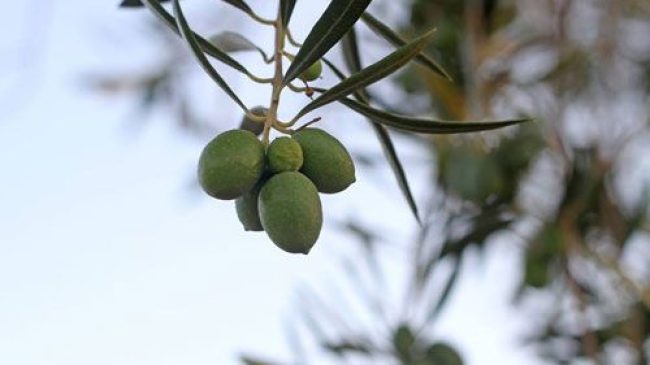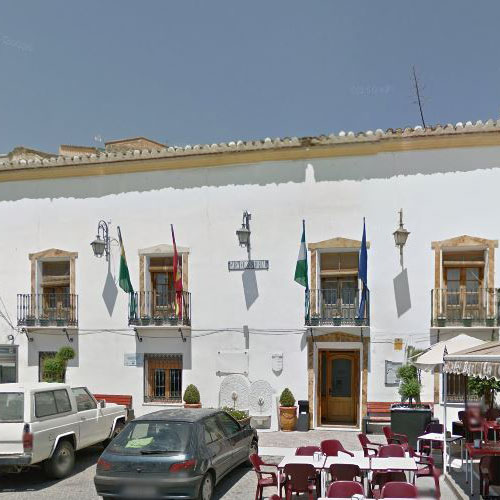INTRODUCTION
You can access Lúcar from the A-92, direction Albox; from the N-340 at the junction of Tabernas and also from the A-92 North, towards Zurgena. It is located 126 kilometers from Almeria.
During the festivities of San Sebastían and Santa Inés (January 20 and 21), four acts on a dramatization of Moors and Christians whose text dates from the sixteenth century are celebrated. On the San Juan festivity, nighttime festivals, contests, music concerts and other cultural activities are organized. Other festivities of interest are El Judas (Sunday of Resurrection), in which a tree burned with brush and fireworks is burned.
As mayor of Lúcar it is an honor for me to welcome all those who decide to discover the wonders of our people through this website.
I would like this website to encourage everyone to enjoy and get to know our people, wishing them a pleasant stay that will surely make them repeat.
Discover Lúcar
HISTORY AND ORIGINS
 Toponym of Latin origin, from the word Lucus which means sacred forest or jungle. In the Book of Apollo and Population of 1571 this place is consigned as a forest use and Madoz says in 1848 that “it has pines and low mountings of fuel and charcoal”.
Toponym of Latin origin, from the word Lucus which means sacred forest or jungle. In the Book of Apollo and Population of 1571 this place is consigned as a forest use and Madoz says in 1848 that “it has pines and low mountings of fuel and charcoal”.
They have collected testimonies of the existence of this village in Roman times, and even in the prehistoric era. After the Christian conquest at the end of the 15th century, the Catholic Monarchs cede this town to the lord of Aguilar’s house, Alonso Fernández de Córdoba.
Before the Moorish revolts in 1568 this village had 621 Moriscos and 5 old Christians. After the expulsion of the Moors from the Kingdom of Granada in 1570, it was repopulated by people coming from outside it as stipulated by the Pragmatic of Felipe II.
In the mid-nineteenth century, Madoz spoke of the existence of linen and soap factory factories and of an important mining activity, now abandoned, with the extraction of copper, malachite and azurite minerals.
Already in our century, in the 60s part of the population is forced to emigrate. At present, its economy is based on the cultivation of olive and almond trees, the use of forest and there is a license for mining activities in memory of others granted in the last century.
GASTRONOMY
White stew Garlic soup. Migas Pot of wheat. Gurullos. Gruel. Lamb legs stewed. Hornazos
The pilgrimage
This tradition takes place on Saturday afternoon and its route consists of going after the image of the Virgen del Carmen from the main town, Lúcar, to the neighborhood of Cela, where it concludes with the performance of a rociero group, typical dances such as sevillanas, and the bathroom that many of the participants take advantage of to take to the raft and fight the heat and fatigue of the road.
The floats, the horses and the assistants dressed in the traditional costume of Seville and Rociero are typical. During the tour participants are offered a typical drink, the cuerva for help on the way and combat heat and thirst.
Talc Mines
Talking about the talc mines is to recover part of the history of the Comarca del Almanzora. Surely the extraction of talc in our region dates from Arab times, including the Romans and Phoenicians, forerunners of all mining activity in these places.
The first documentary testimonies we have date from the nineteenth century, the first lawsuits between municipalities and individuals for the use of land and mining claims, since “soapstone hatcheries” as it communicates to talcs, were not considered within the category of minerals until by the Royal Order of April 2, 1867 that inclusion was established in this category, as jaboncillo quarries and therefore with possibilities of mining denouncement.
Subsequently, they have been exploited, initially on an individual basis by wells concessioned by the town councils and owners of the land and subsequently by a company that was established for such mining.
 Between the 50s and 60s of the last century, taking into account both working and economic conditions of this mining, there was a great emigration of our people to places where working and development conditions were more attractive.
Between the 50s and 60s of the last century, taking into account both working and economic conditions of this mining, there was a great emigration of our people to places where working and development conditions were more attractive.
Nowadays, the so-called Talco Mines Trail, which runs from Lúcar to Somontín, has been recovered and enabled. It shows the entire route where the talc was worked and the mines and / or remains that are on this route. , today popular and very busy by tourists and lovers of Hiking.
Organize your trip
What to visit
What to do in Olula del Río
If you are thinking about taking a different trip to discover beautiful places and charming towns that are not usually well known, a trip to Lúcar is an excellent option. Our town has many options to make and we recommend the ones that are sure to be of your interest.
WHERE TO EAT
WHERE TO SLEEP
SHOPPING
City Council of Lúcar
Address: Plaza Real Isabel Ii, 1, 04887 Lúcar, Almería
Contact: 950 42 44 65
Web: http://www.lucar.es























